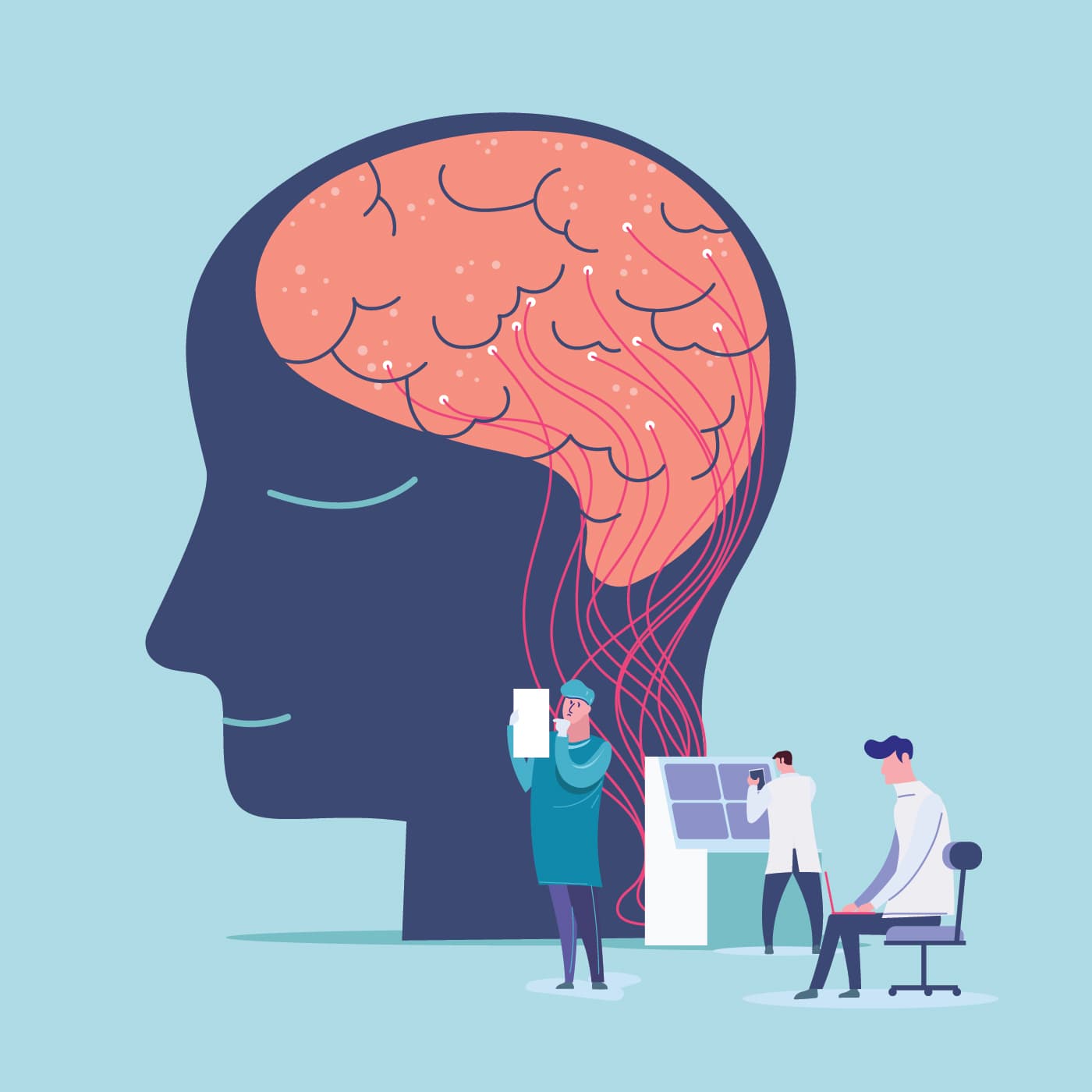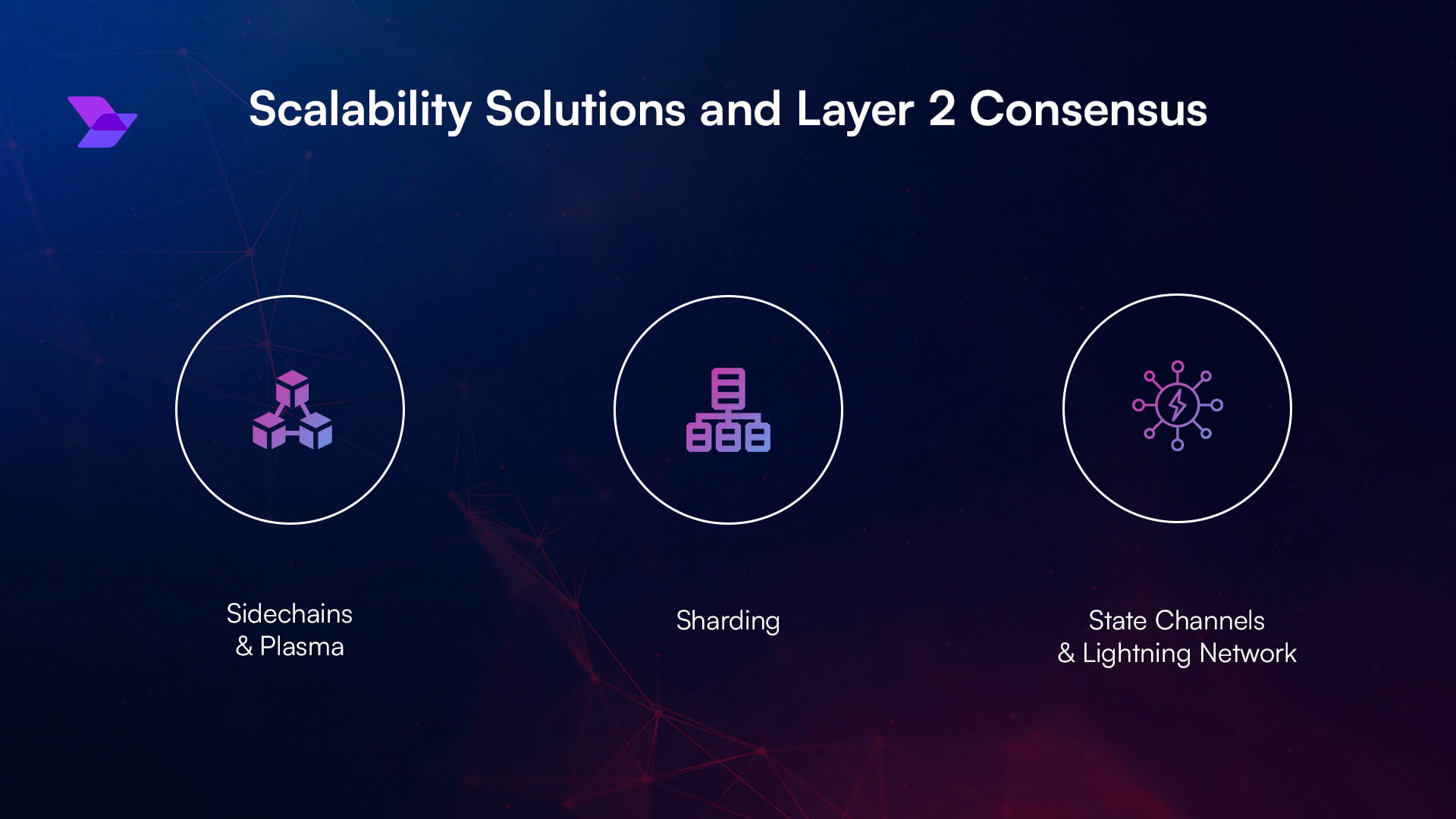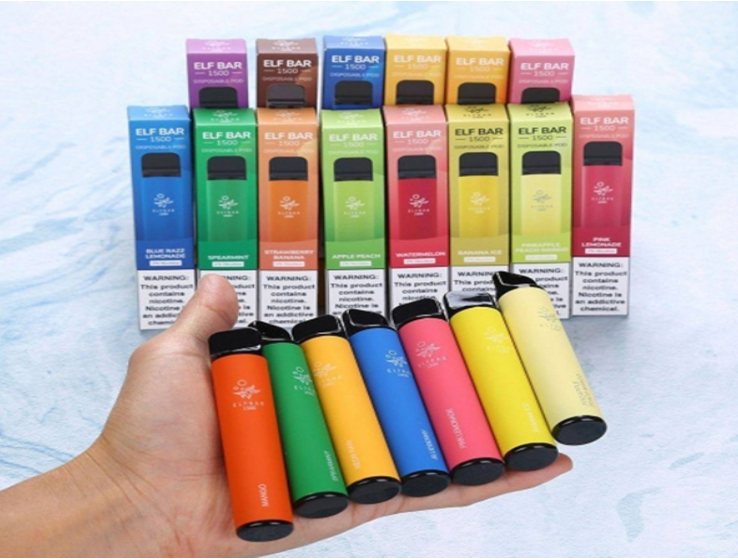
One of the most fascinating aspects of graphic design for marketing agencies is its psychological influence. Every design decision—from font choice and color palette to image selection and layout—impacts how a viewer feels and responds.
- Colors can evoke emotion and convey meaning. Blue often signifies trust and calmness, red can suggest urgency or passion, and green is associated with growth or nature. Understanding color psychology allows designers to influence user perception effectively.
- Typography communicates personality. Serif fonts may feel traditional or reliable, while sans-serif fonts are modern and clean. Script fonts can suggest elegance or creativity.
- Layout and Spacing guide the eye. A clean, well-organized design creates a sense of clarity and ease, while cluttered designs may confuse or overwhelm the viewer.
Great designers don’t just create visuals—they guide user experience and behavior subtly through these psychological principles.
Graphic Design and Social Media
In the age of Instagram, TikTok, and Facebook, graphic design is more important than ever for building an online presence. With users scrolling through hundreds of posts per day, visual content needs to be eye-catching, brand-consistent, and instantly digestible.
Social media design involves:
- Creating branded templates for posts and stories
- Designing icons, covers, and highlights for profile consistency
- Formatting content for each platform’s dimensions and audience behavior
- Using motion design and GIFs to increase engagement
Graphic designers who specialize in social media know how to adapt brand identities across platforms while keeping content relevant, shareable, and visually appealing.
Educational Pathways in Graphic Design
If you’re interested in pursuing a career in graphic design, there are multiple paths to consider:
- Formal Education: Many designers start with a degree in graphic design, visual communication, or related fields. These programs teach design theory, software skills, and portfolio development.
- Online Courses and Bootcamps: Platforms like Coursera, Skillshare, and Udemy offer accessible, affordable training in specific tools and techniques.
- Self-Taught Routes: Thanks to the abundance of free tutorials, blogs, and YouTube channels, many successful designers are self-taught and build experience through real-world practice and freelance projects.
Regardless of your path, building a strong portfolio is crucial. Employers and clients want to see practical examples of your work and how you solve design problems.
Challenges Graphic Designers Face
Although rewarding, a career in graphic design can come with its share of challenges:
- Tight Deadlines: Projects often require quick turnarounds, demanding efficiency and time management.
- Client Communication: Interpreting client needs and managing expectations is a skill in itself. Designers must balance creative freedom with client objectives.
- Staying Current: Trends in design change quickly. Staying up to date with new styles, tools, and technologies is vital to remain competitive.
- Creative Blocks: Like any creative profession, graphic designers occasionally face creative burnout or lack of inspiration. Developing habits to stay motivated and inspired is key.
Despite these challenges, many designers find the work deeply fulfilling, especially when their visuals help solve real problems and connect with audiences.
Freelance vs. In-House vs. Agency Work
Graphic designers have several employment options, each with its own pros and cons:
- Freelance: Offers flexibility and creative control. Freelancers can choose their clients and projects, but they also handle their own marketing, pricing, and client management.
- In-House Designer: Works for a single company, often in the marketing or creative department. In-house roles offer job stability and a deep understanding of the brand but may feel repetitive over time.
- Agency Work: Involves working on diverse projects for multiple clients. Agency designers gain a broad range of experience and fast-paced work, but the environment can be demanding.
Each path suits different personalities and goals, and many designers switch between them throughout their careers.
Emerging Trends in Graphic Design
To stay ahead in the competitive world of graphic design, it’s crucial to keep an eye on emerging trends. Some notable ones include:
- 3D and Isometric Illustration: Adding depth and realism to flat designs.
- Minimalism with Maximalist Accents: Clean layouts paired with bold color or typography to draw attention.
- Inclusive and Accessible Design: Designing for all users, including those with visual, auditory, or motor impairments, is becoming standard.
- Data Visualization: Turning raw data into engaging visuals that make complex information easy to understand.
- Dark Mode Design: With many apps and devices offering dark mode, designers must consider aesthetics and readability in both light and dark themes.
Designers who adapt to these trends while maintaining timeless design principles will continue to thrive.
Why Every Business Needs a Graphic Designer
Whether you’re a startup, a nonprofit, or a large corporation, scalable graphic design services is not optional—it’s essential. Investing in good design can lead to better customer engagement, stronger branding, and increased revenue.
Here are a few key areas where graphic design adds value:
- Website Design: First impressions matter. A professionally designed website builds credibility and encourages visitors to stay longer.
- Marketing Materials: From flyers to digital ads, well-designed marketing materials make your message more persuasive.
- Presentations and Pitches: Visuals can elevate a business pitch or internal report, making the information more digestible and impactful.
- Internal Communication: Design can also enhance employee engagement by making internal documents, reports, and dashboards more readable and appealing.
Final Thoughts
In an increasingly visual world, graphic design stands at the intersection of creativity, communication, and technology. It is the silent ambassador of your brand, the structure behind your user interface, and the visual language that speaks directly to your audience.
Whether you’re a business owner looking to elevate your brand, a marketer aiming to increase engagement, or a creative professional exploring your career options, understanding the value of graphic design is crucial. It’s not just about what something looks like—it’s about what it communicates.
As technology continues to evolve, the tools may change, but the need for skilled, thoughtful graphic designers will remain constant. The future of graphic design is bright, dynamic, and full of opportunity for those ready to shape the visual world of tomorrow.





